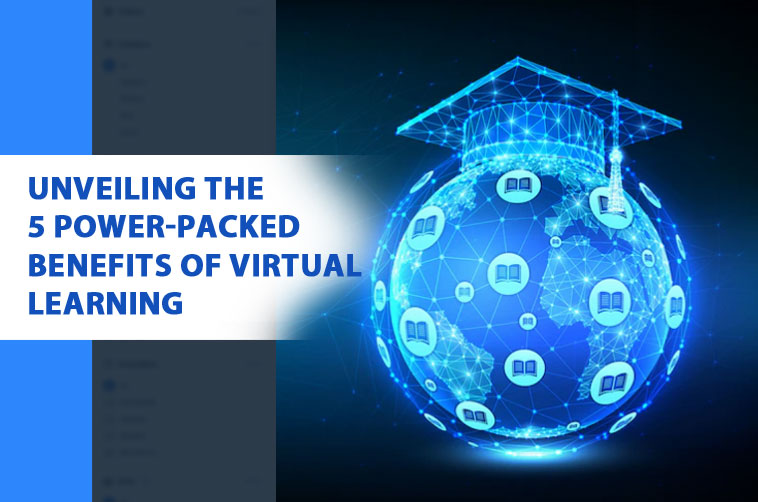The advent of technology has brought a significant transformation in the field of education, paving the way for virtual learning. Virtual learning, also known as online education, has become increasingly popular due to its numerous benefits. In this article, we will explore five compelling advantages that virtual learning offers to students and educators alike. From flexibility and accessibility to enhanced collaboration and personalized learning experiences, virtual learning has the potential to revolutionize education as we know it. Let’s dive in and uncover the exciting advantages that make virtual learning an indispensable tool in the modern educational landscape.
1. Flexibility in Learning
One of the key advantages of virtual learning is the unparalleled flexibility it offers to both students and educators. With virtual learning, individuals can access educational materials and participate in classes from anywhere at any time. Gone are the days of rigid schedules and physical classrooms. Whether it’s a working professional pursuing further education or a student managing other commitments, virtual learning provides the freedom to learn at one’s own pace and convenience.
2. Enhanced Accessibility
Virtual learning has opened up a world of opportunities by breaking down barriers to education. Geographical location is no longer a limiting factor, as anyone with an internet connection can access quality education. Additionally, virtual learning eliminates physical limitations and provides inclusive education for individuals with disabilities. This inclusive nature of virtual learning ensures that education is accessible to all, regardless of their circumstances, creating a more equitable and diverse learning environment.
3. Empowering Technology
To ensure a seamless online education experience, the use of fiber internet for virtual learning is absolutely crucial. With high-speed connectivity, students can effortlessly access online classes, video lectures, and interactive learning materials without any frustrating interruptions. Fiber internet offers fast and reliable access, empowering students to actively participate in real-time discussions, collaborate on exciting projects, and effortlessly access a vast array of valuable educational resources. By integrating advanced technologies like virtual reality (VR) and augmented reality (AR), students can enjoy immersive and captivating learning experiences, strengthening their understanding and retention. Embracing the power of fiber internet truly opens the doors to boundless knowledge, collaborative opportunities, and transformative educational journeys in the virtual learning environment.
4. Dynamic Collaboration
Virtual learning environments revolutionize collaboration by creating an exciting new dimension. Here, students embark on real-time discussions, effortlessly share ideas, and collaborate on projects using an array of digital tools. Engaging in online forums, video conferences, and captivating group projects, students connect with peers from diverse backgrounds, fostering a global perspective while honing their teamwork and communication skills. These dynamic virtual learning platforms cultivate an interactive space that fuels collaboration, ignites active engagement, and propels students toward their educational goals.
5. Personalized Learning Experiences
Virtual learning caters to individual learning styles and preferences, offering personalized learning experiences. Through adaptive learning technologies, students can receive tailored content and assessments that address their specific needs. Virtual platforms can analyze students’ progress and provide targeted feedback, allowing for customized learning paths. This personalized approach empowers students to take ownership of their education, making the learning process more engaging and effective. As a result, students can maximize their potential and achieve better learning outcomes.




